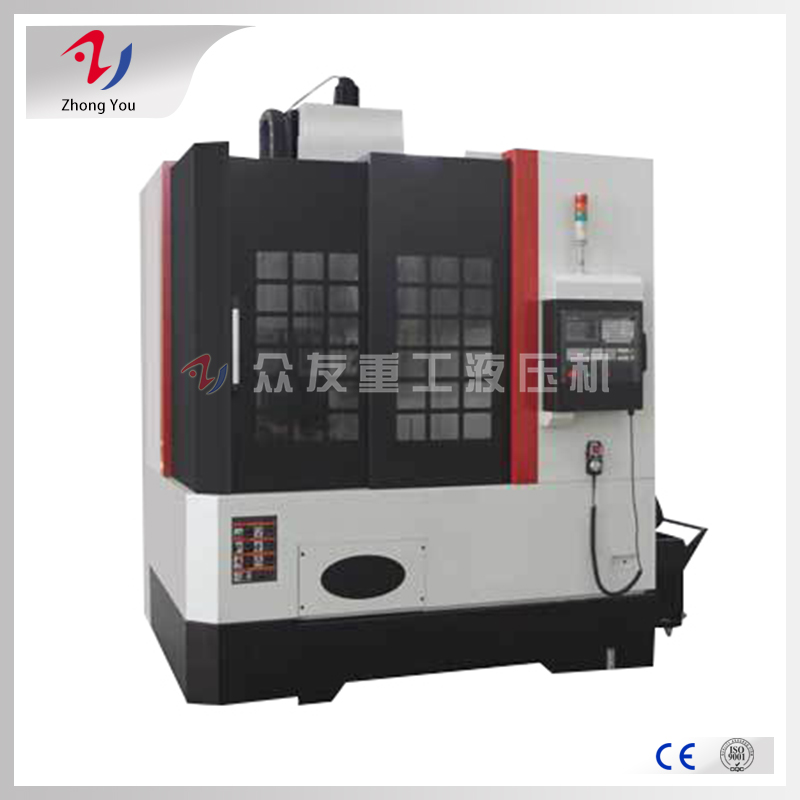1、Visual inspection method
Simply put, it is the use of sensory inspection. Carefully ask the personnel at the fault site about the process of the fault, the appearance of the fault and the consequences of the fault, and may be asked many times during the whole analysis and judgment process.
2、Instrument inspection method using conventional electrical instruments
Measure the AC and DC power supply voltages of each group, and measure the relevant DC and pulse signals to find possible faults. For example, use a multimeter to check the power supply situation, and measure the relevant signal status measurement points set on some circuit boards, use an oscilloscope to observe the amplitude, phase and even presence of the relevant pulsating signal, and use a PLC programmer to find the fault location and cause in the PLC program.
3、Analysis Method of Signal and Alarm Indication for CNC Vertical Lathe
Hardware alarm indication This refers to various status and fault indicator lights on various electronic and electrical devices including numerical control system and servo system. Combined with the indicator light status and corresponding function description, the indication content, fault cause and troubleshooting method can be obtained.
4、interface status check method
Modern numerical control system will be integrated into the PLC, and between the CNC and PLC in the form of a series of interface signals to communicate with each other. Some faults are related to the error or loss of interface signals. Some of these interface signals can be displayed on the corresponding interface board and input/output board with indicator lights, others can be displayed on the CRT screen through simple operation, and all interface signals can be transferred out by PLC programmer. Measure the AC and DC power supply voltages of each group, and measure the relevant DC and pulse signals to find possible faults.
5、parameter adjustment method
CNC vertical lathe CNC system, PLC and servo drive system are set up many parameters can be modified to meet the requirements of different machine tools, different working conditions. These parameters can not only make the electrical system and the specific machine tool to match, but also make the various functions of the machine tool to achieve the necessary.











